Description
Leek – Musselburgh
Leek – Musselburgh . A Scottish Heirloom variety introduced in 1834, remaining one of the most popular and hardy varieties available today. A late variety which stands deep into winter and produces large, very thick stems with an excellent mild flavour. Grows well in most locations.
Cultivation advicegh
- Use well-draining, fertile soil with a pH between 6.0 and 7.5. Incorporate compost or well-rotted manure before planting.
- Start seeds indoors 10-12 weeks before the last frost. Transplant seedlings when they are 8-10 inches tall.
- Space leek plants 6 inches apart in rows 12-18 inches apart.
- Provide consistent moisture, especially during dry periods. Avoid overhead watering.
- Apply a balanced fertilizer at planting and when leeks are halfway to maturity.
- Hill soil around the base of leeks as they grow to blanch the lower portion.
- Harvest leeks when desired size is reached. Loosen soil around the base and pull gently.
- Plant leeks alongside carrots, celery, and onions for mutual benefits.
- Prune flower heads promptly to prevent bolting, maintaining leek quality.
- Rotate leeks with other crops each season to prevent pest and disease buildup
- Plant new seeds or seedlings every few weeks for a continuous harvest.
- Musselburgh is a reliable variety, but explore other leek varieties for diverse flavors and adaptability.
- Store harvested leeks in a cool, dark place. Trim roots and remove damaged leaves. Consider freezing or canning for longer preservation.
- Stake tall leeks in windy areas to prevent bending or breaking.
- Avoid overhead watering to reduce fungal issues. Rotate crops to minimize soil-borne diseases.
- Leeks prefer cool temperatures (55°F to 75°F). Provide shade during warmer periods.
- Ensure 6-8 hours of sunlight daily. Leeks tolerate some shade but thrive in full sun.
- Keep the area around leek plants free of weeds, as they can compete for nutrients and water. Regular weeding helps maintain a healthy growing environment.
- Keep an eye out for common leek pests such as aphids and onion maggots. Consider using organic insecticides or insecticidal soap to control infestations.
- Mulch around leek plants to conserve moisture, suppress weeds, and regulate soil temperature. This is particularly important during hot or dry periods.
- If available, choose disease-resistant leek varieties to reduce the risk of common diseases affecting leeks.
- In late summer, trim the tops of the leeks to encourage thicker stems. This can be done when the plants are about pencil-sized.
- In colder climates, consider providing additional protection for overwintering leeks by applying a layer of straw or mulch around the plants.
- Regularly add organic matter to the soil, even during the growing season, to promote soil fertility and improve overall plant health.
- Consider using drip irrigation to keep the soil consistently moist without wetting the foliage. This helps prevent fungal diseases and provides efficient water delivery to the roots.
- Regularly observe your leek plants for any signs of stress, disease, or nutrient deficiencies. Adjust your care practices accordingly.
- Harvest leeks as needed, but try to avoid leaving them in the ground for too long, especially after they reach maturity, as their quality may decline.
- Keep a gardening journal to record planting dates, observations, and any issues encountered. This information can be valuable for future seasons.
- Gardening is a rewarding experience. Take the time to enjoy the process of growing leeks, experimenting with different techniques, and savoring the fresh produce you cultivate.
- Adapt your cultivation practices based on your local climate. Adjust planting and harvesting times to align with temperature and weather patterns in your area.
- Connect with local gardening communities or explore online forums for tips and advice specific to your region. Gardening communities often share valuable insights and experiences.


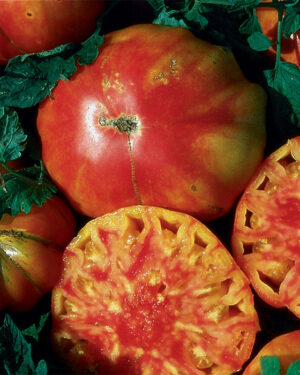
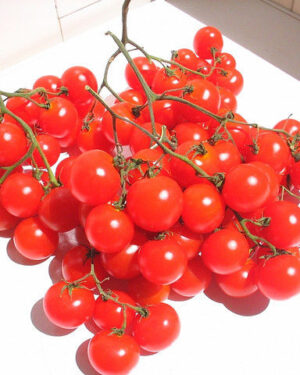
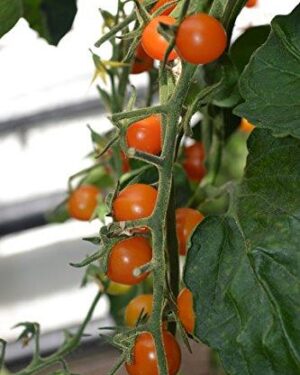
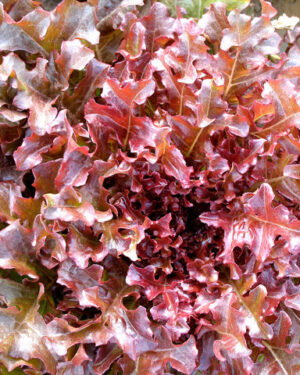
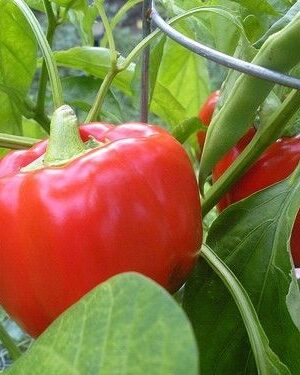
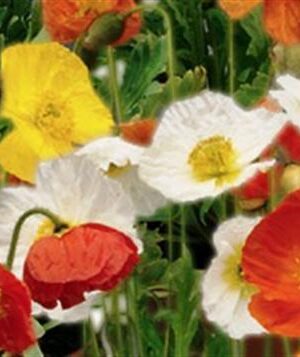
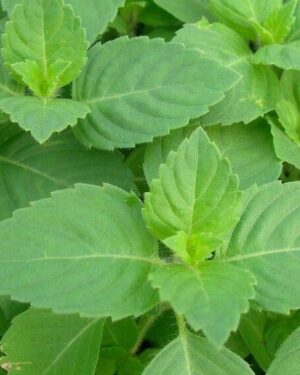
Reviews
There are no reviews yet.